How to track leads & customers from Bing Ads in Keap
Learn how to track how many leads and customers your Bing Ads generate in Keap.

Bing Ads are a super helpful way to reach potential customers and send them to your website. However, tracking the number of leads and customers your ads generate (and which campaigns perform best) can be tricky.
What if you could see exactly where each lead came from (down to the exact ad they clicked on) right inside Keap. And what if you could use this data to build reports showing exactly how many leads & customers your ads have generated and which campaigns have performed best.
In this blog post, we will show you how to use a tool called Attributer to capture Bing Ads data with each new lead in Keap. We will also provide some example reports you can run to show how your Bing Ads are performing.
4 steps to track Bing Ads in Keap
Attributer makes it simple to track how many leads and customers your Bing Adsare generating. Here is a breakdown of how it works:
1. Add UTM parameters behind your ads
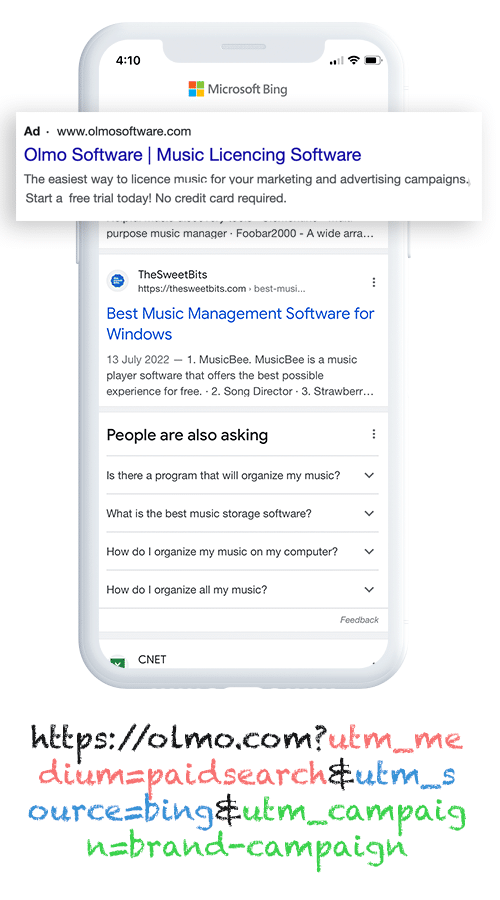
The first step to using Attributer is to add UTM parameters to your Bing Ads.
If this is a new term to you, UTM parameters are little bits of text you add to the end of the URLs that send people from your ads.
Let's say you were sending someone to attributer.io/integrations/keap, the URL that you would put behind your ads with the UTM parameters would look something like this:
attributer.io/integrations/keap?utm_medium=paidsearch&utm_source=bing&utm_campaign=brand-campaign
You can put any information you like as your UTM parameters; my recommendations for Bing Ads would be:
- UTM_Medium= paidsearch
- UTM_Source=bing
- UTM_Campaign=[Name of your campaign]
- UTM_Term=[Name of your ad set]
- UTM_Content=[Name of ad]
You can access a free UTM builder (with a template for Bing Ads) on our website to easily create your UTM parameters.
2. Install Attributer and add hidden fields to your forms
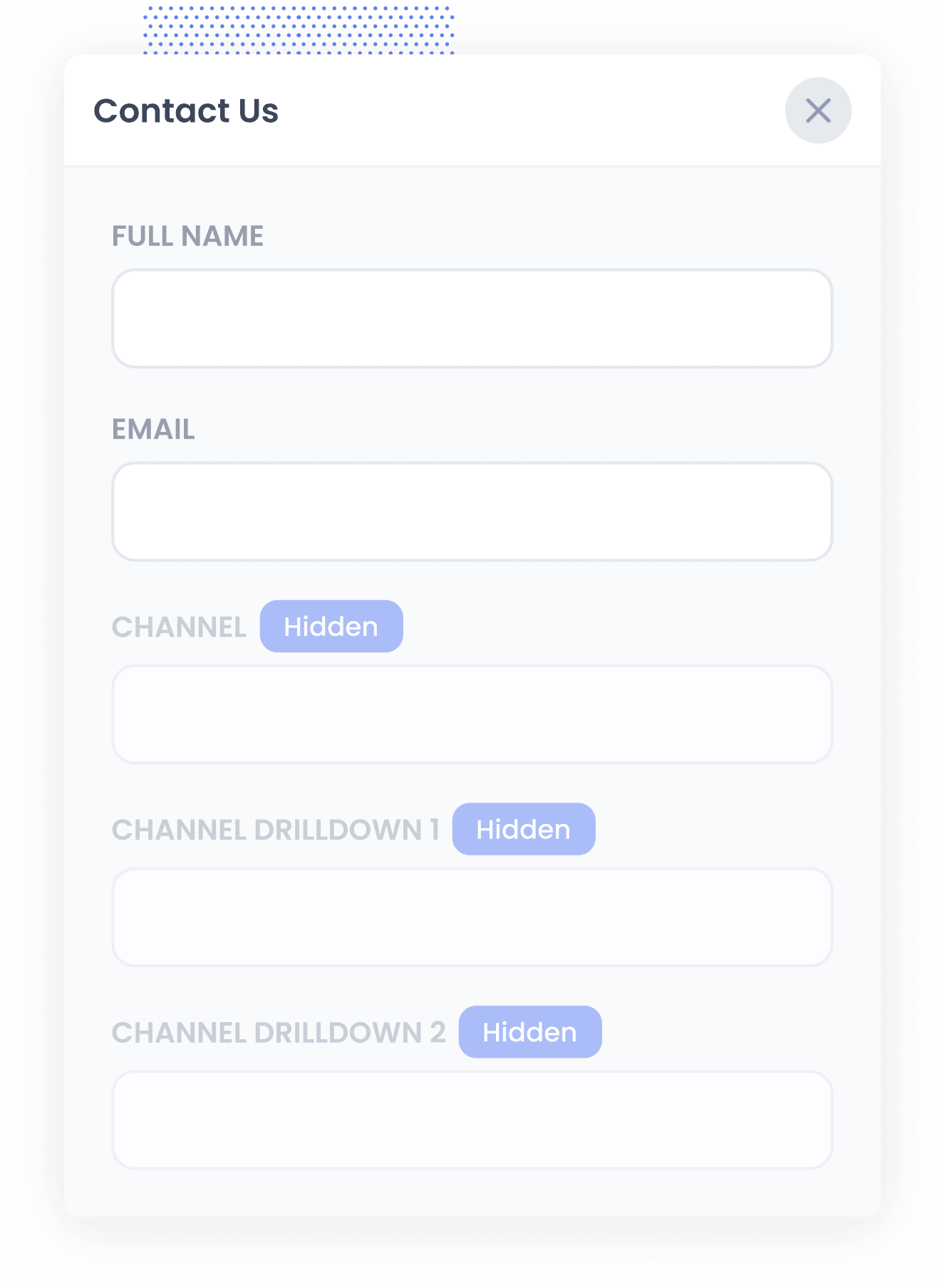
Once this is done, you will need to install the Attributer code onto your website and add a couple of hidden fields to your forms.
Once you sign up for a 14-day free trial, you will gain access to a small piece of code to install on your website. You can do this directly or through a third-party tool like Google Tag Manager. Simple step-by-step instructions are available here.
After this code is added to your website, you will need to add multiple hidden fields to your forms (e.g. Contact Us or Request a Quote Form). Full step-by-step instructions for doing this can be found here.
3. Attributer writes Bing Ads data into the hidden fields
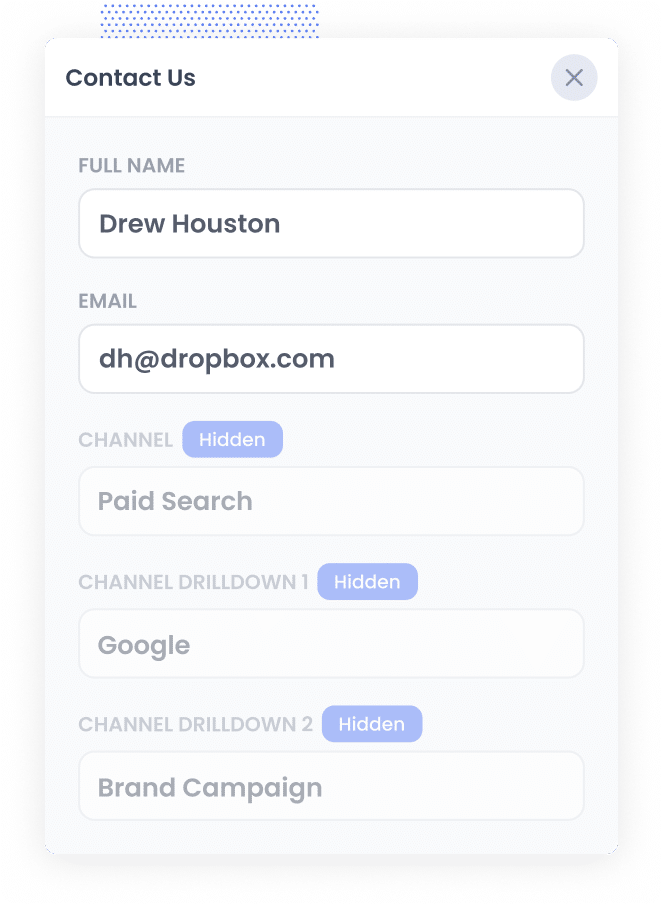
After a user has clicked on your Bing Ads, Attributer will capture the UTM parameters that have been put behind your ad and store the information in the user's browser. This ensures they are remembered as a user browses your website (or if they leave and come back).
Then when a form is completed on your website, Attributer will write the data into the hidden fields added in step two.
4. Bing Ads data is captured by your form tool and sent to Keap
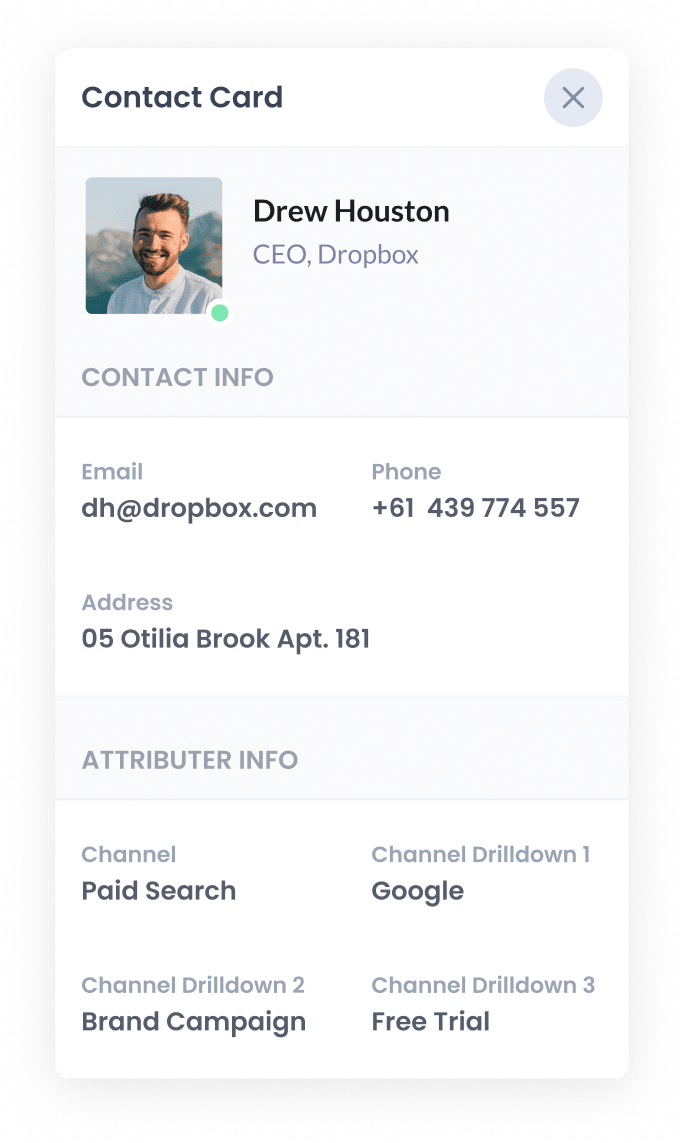
With the help of Attributer, your form tool can capture the Bing Ads data (written into the hidden fields) together with the information added to the form: name, email, phone number, etc.
You can then use your form builder's built-in integration with Keap, or a 3rd party tool like Zapier, to send the data to Keap.
What is Attributer and why use it?
Attributer has been mentioned several times in this post, but what is it, and why should you use it?
Attributer is a tiny bit of code you install to your website.
Its purpose is to track what channels users are coming from and write the data into the hidden fields you added to your forms. This data is captured (by your form tool) when a form is submitted and can be sent to Keap.
For example, let's say you are the manager of a criminal law firm, and a user comes to your website from a Bing Ad and submits a Contact Us form. Depending on the UTM Parameters you added, the following information would get through:
- Channel: Paid Search
- Channel Drilldown 1: Bing
- Channel Drilldown 2: Criminal Defense Campaign (or the specific campaign name)
- Channel Drilldown 3: DUI Defense Ad (or whatever ad they clicked on)
There are a multitude of reasons why Attributer is the most helpful way to track your Bing Ads in Keap:
- Captures other attribution information - As well as capturing Bing Ads data, Attributer will capture data for leads generated through Paid Search, Organic Search, Organic Social, Referral, and Direct channels.
- Remembers the data - Attributer will remember the UTM parameters in a user's browser, allowing for a visitor to browse around your site before completing the form (or if they leave your site and return later), and the UTM parameters will still be recorded.
- Captures landing page data - Attributer will capture the user's initial landing page (e.g. criminallawfirm.com/blog/dui) and the landing page group (E.g., blog). This can assist you in running reports showing the number of leads and customers you get from your content marketing efforts (e.g., blog posts).
3 example reports you can run when you capture Bing Ads data in Keap
Capturing the UTM parameters in Keap will allow you to produce various reports showing the number of leads and customers generated and the channels from which they came.
Over the last 15 years of creating reports like this, I have gathered a couple of my favourites I would recommend:
1. Leads by Channel
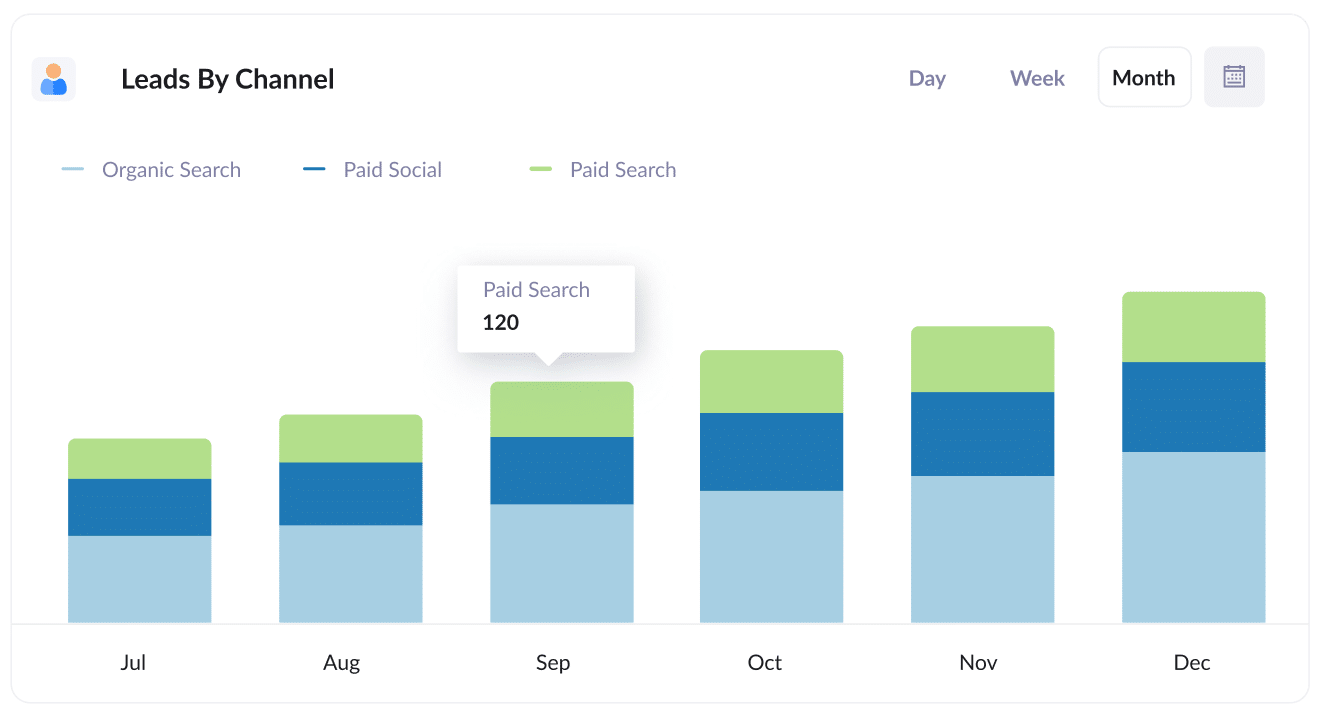
Attributer allows you to track the source of ALL your leads (including those from organic channels) and produce a report like this. It shows the number of leads you gain per month broken down by the Channel they came from.
This report can help you see which channels are generating the most leads and determine the best opportunities to increase them.
2. Customers by Bing Ads campaign
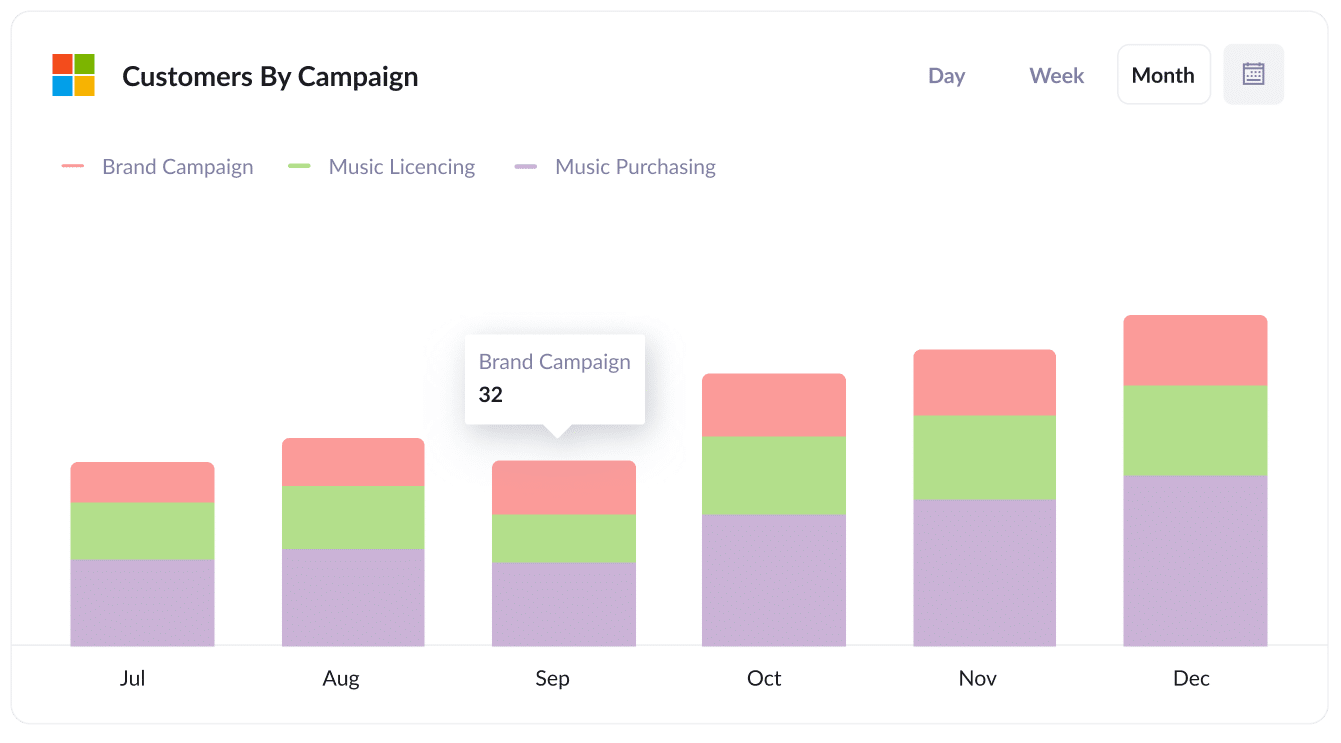
This report will show the number of customers you’re generating from your Bing Ads, sorted by which specific campaign they came from.
This type of report can help you better understand which of your campaigns generate the most customers and which are underachieving. This information can help you get more customers by showing you which of your campaigns you should be investing more into and which ones you can pause.
3. Revenue by Keyword
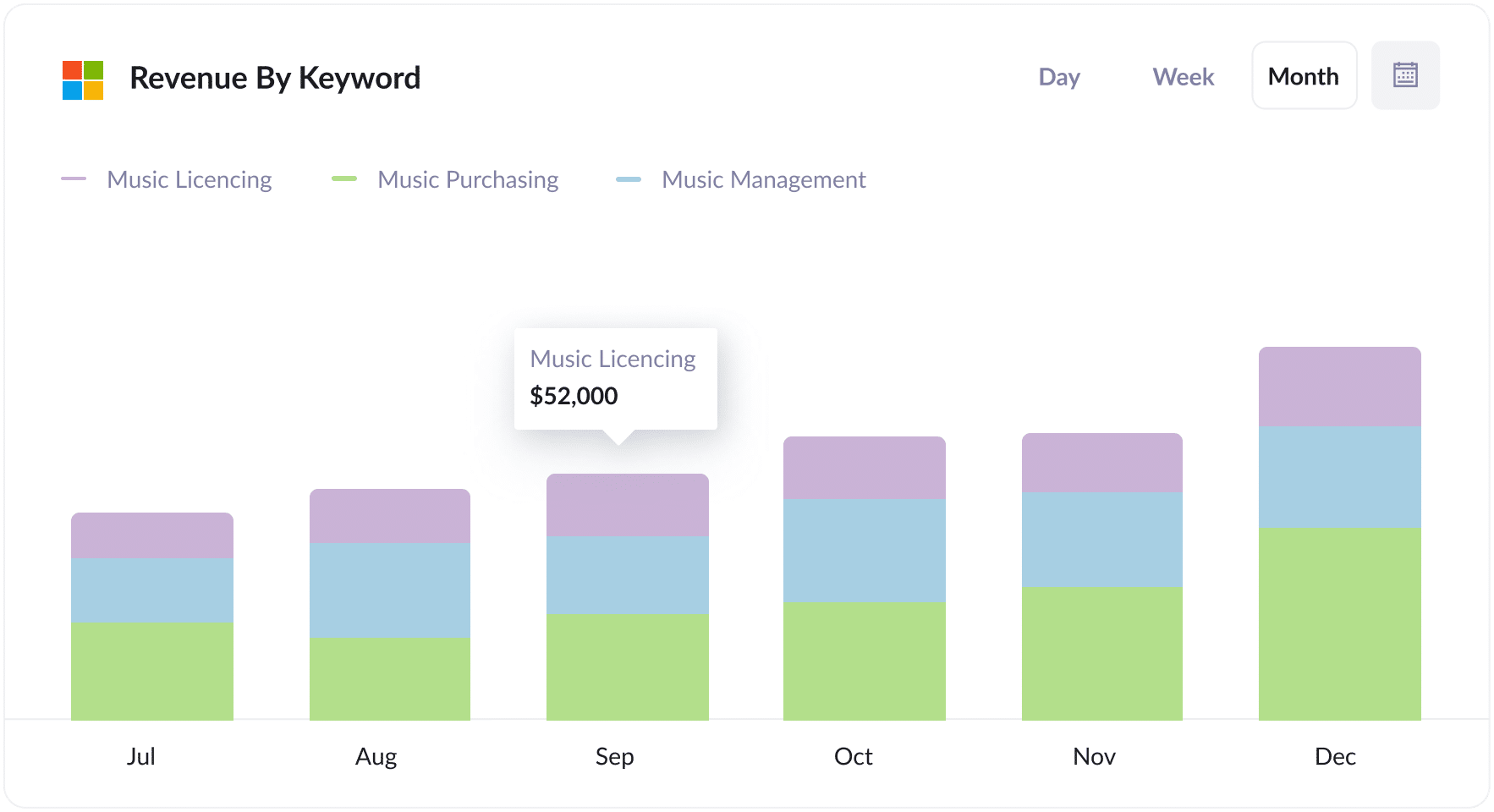
This report shows the revenue generated by new customers, organised by the keyword they came from (technically, it shows the keyword that triggered your ad to show to them).
This data can be used to understand the keywords most profitable, and enables you to increase bids on these keywords to reach more customers and grow your revenue.
How tracking leads & customers from Bing Ads helped Morris Watt grow
Morris Watt is an excellent example of the benefits of using Attributer. Morris Watt is an Australian law firm using Bing Ads to generate new leads for their firm.
Bing Ads was showing them the number of clicks an ad was getting, and Google Analytics could tell how many visitors came to their website, but they couldn't see if these ads were generating leads and customers.
They wanted to be able to look in Keap and see, ‘This lead came from our Bing Ads, he converted into a customer, and paid us $5,000’.
This is where Attributer came in.
With a tool like Attributer, information on where each lead came from is passed directly into the lead record in Keap. This data can be used to run reports in Keap and show precisely how many leads came from their Bing Ads, how many converted into customers, and how much revenue was generated overall.
"Attributer has been a game changer for us. We can see which campaigns are bringing in customers and revenue, not just traffic. It was helpful to realise that some campaigns got tons of visitors and leads but only a few conversions. Now we can shift our budget to the campaigns delivering results.”

Joel Watt - Partner @ Morris Watt

Wrap Up
If you’ve been searching for a way to track the number of leads and customers you get from your Bing Ads, then using Attributer with Keap is a perfect solution.
It will capture the UTM parameters that you put behind your ads with each form submission and send them to Keap. This data will allow you to run reports showing the campaigns, ads, keywords, etc., that are generating your customers and leads.
Furthermore, it can also provide data on leads from other channels, like Organic Search, Organic Social, and Paid Social. This would allow you to see how many leads and customers you get from different channels and compare that to Bing Ads to understand your most significant growth and success opportunities.
The best part? It costs nothing to try and usually takes less than 10 minutes to get set up. Sign up for Attributer today to claim your free 14-day trial!
Get Started For Free
Start your 14-day free trial of Attributer today!

About the Author
Aaron Beashel is the founder of Attributer and has over 15 years of experience in marketing & analytics. He is a recognized expert in the subject and has written articles for leading websites such as Hubspot, Zapier, Search Engine Journal, Buffer, Unbounce & more. Learn more about Aaron here.
